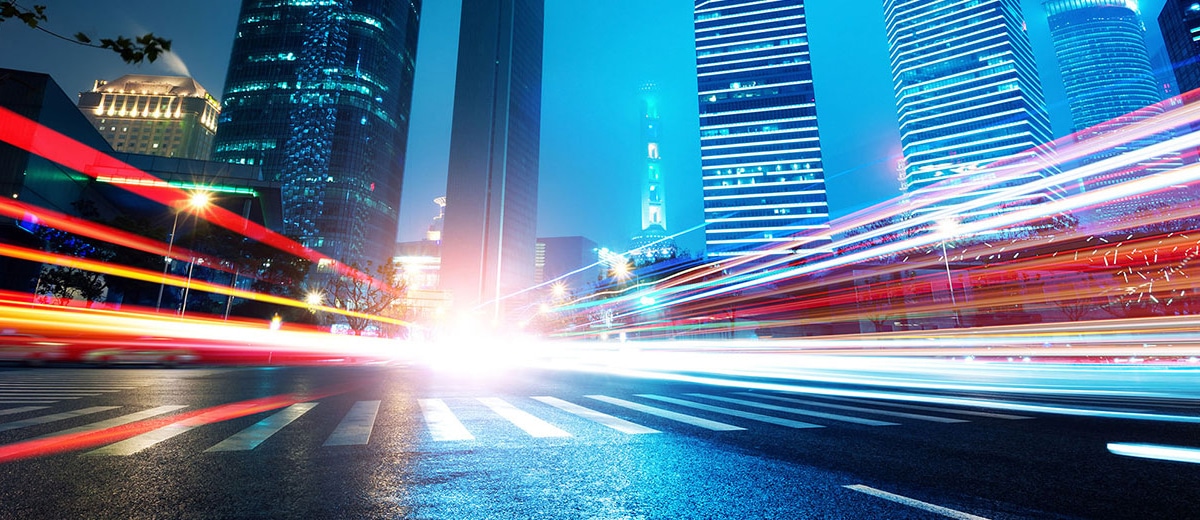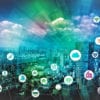Latest posts by Daryl Chambers (see all)
Since the global pandemic hit in March Australians have become addicted to data. Case numbers, infection rates, daily death tolls and fortnightly averages have become familiar figures.
COVID has changed the way we live, but also the way we now consume information. It has increased our interest in statistics, graphs, and ultimately how this information is being used by governments, cities and businesses.
Fast forward to October and each morning thousands of Melburnians are anxiously anticipating their morning data hit from the Victorian department of health – delivered in the form of a tweet stating the latest number of COVID cases, closely followed by the fortnightly case average.
For all of the detriment the COVID virus has caused, one positive outcome may be a cultural shift which brings data to the fore, makes it the central part of decision making, and advances not only the amount, but also the quality of information collected.
As a company which specialises in devices, sensors and systems built to wirelessly capture data in environments from cities and parks, to mines and construction sites, we see new opportunities for the role IoT can play in this data-driven future.
Working alongside our partners, we are seeing a number of trends, which give us unique insight.
In our recent webinar titled ‘USING IoT TO DRIVE SMART CITY DESIGN AND OPERATING EFFICIENCIES’, Libelium CEO Alicia Asin pointed to a number of significant shifts driven by COVID.
Alicia highlighted the fact that COVID has changed societal attitudes toward privacy, that the increase in data availability is making decision making more transparent, and cities and government are now focusing less on data capture but how they can use this data to improve the lives and safety of citizens.
Pre-COVID the general public did not want to share data, but they are now willing to download apps that share their locations and movements. They are comfortable that cameras and sensors are tracking social distancing and mask wearing, and that trains and trams are being monitored and data is being used to keep these environments safe.
A great example of a city at the fore of this shift is Palmerston in the Northern Territory. In July our partner Easyweb Digital completed the rollout out of the City’s Public Park Wifi network. The IoT system is actively collecting environmental data across seven parks.
Speaking at our webinar, Easyweb Digital Business Manage Daniel Sacchero, explained how wireless sensors are capturing critical weather and environmental data about air quality, which can be accessed by residents. By sharing this data, the City is empowering residents to make decisions about when they feel is the best and safest time to visit a park.
Post-COVID, the opportunity for IoT devices and systems to help create safer cities, workplaces and spaces is significant, and the desire for more data from citizens is growing. Getting the right IoT systems is the first step, but knowing how to share and mobilise that data in a way that makes life safer and more convenience for all members of society is where the real opportunity lies.





